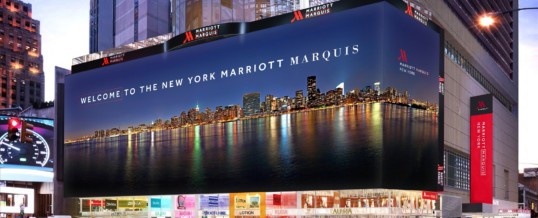
Good news for Manhattan’s Hotel industry: revenue per available room — known in industry lingo as RevPAR — rose in 2017’s fourth quarter for the first time in more than two years, according to a report from Pwc.
Citywide, the trend stuck into January and February, the most recent months on record, with RevPAR increasing 4.8 and 3.6 percent, respectively.
The majority of the growth did not come from a jump in pricing. Instead, it came from higher occupancy levels.
In February, hotel occupancy in the city was up 3 percent year-over-year, while the average daily room rate increased by just 0.6 percent, to $184.
Given that the city’s room rates have declined annually since the post-recession peak in 2014, two months of flatlining is actually welcome news.
But what these statistics say about the overall health of the hotel sector and whether they mark a true turning point is still unclear.
Generally, analysts point to oversupply as the culprit for weak pricing. And New York has seen a tremendous amount of hotel development since the end of the recession. There have been 23,160 new hotel rooms added to the market in the five boroughs since 2013 — bringing the total number of New York City rooms to 119,103. And there are roughly 7,800 more rooms slated to come online this year in Manhattan, which is home to 87 percent of the city’s hotel supply.
Despite the flood of new supply, hotel owners are managing to increase the number of beds they’re filling — a sign that demand is robust. In fact, through December 2017, the market has logged 67 straight months of above 85 percent occupancy, according to a report from hospitality consulting group HVS. But during that time, pricing has continued to slide. Most experts predict flat rates for 2018 and more optimistic for an increase in 2019.
ShareAPR
2018

